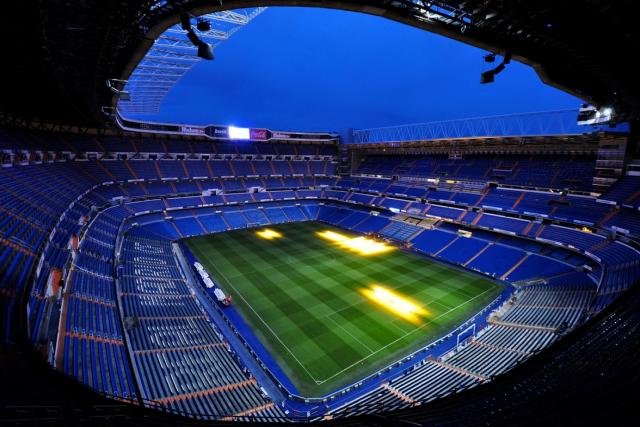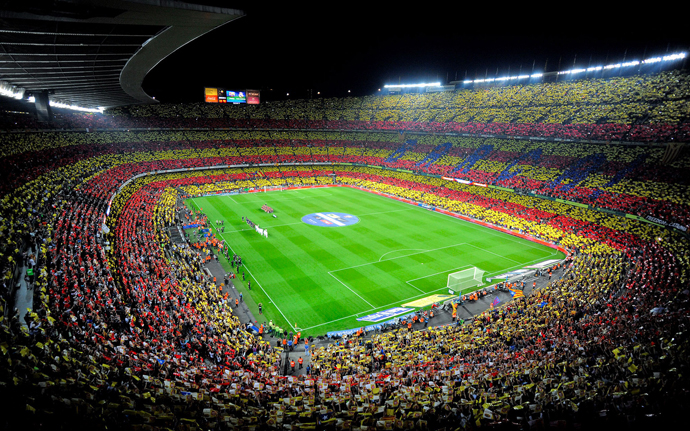Spanish football is currently recognized as the cream league of the sporting world. Every week some of the leading teams in club football line up on the turfs to compete for the prestigious honour of being the leader of Spanish football. The two best players in the world, Lionel Messi and Cristiano Ronaldo, are currently playing for the two dominant Spanish clubs, FC Barcelona and Real Madrid.
These two are not just football teams; they represent contrasting styles and cultures. Real Madrid, a club which has a prominent support base in the elites of the Spanish capital, is completely contrasted by Barcelona, backed by the working class population of Cataluña.
Their stadiums are treated with the respect normally accorded to a place of worship, accommodating the huge fan base to a treat of their favorite teams every week. Tourists looking to explore some stunning sights would love to get their hands on cheap flights to Spain so they can visit these wonderful football stadiums.
Santiago Bernabeu:
Constructed in 1947 with a seating capacity of more than 81,000, Santiago Bernabeu is arguably the most revered stadium in Europe. The stadium is named after Real Madrid’s former chairman, and its stature can be observed by the fact that it has hosted the European Cup final on four different occasions and has also been a venue for the 1982 FIFA World Cup.
Since its opening in the late ‘50s, the Bernabeu has always remained one of the leading stadiums in the world in terms of facilities and comforts offered. This has been possible because of the multiple expansions and improvements that it has undergone every few years. Initially starting off with a capacity of about 125,000 spectators, Real Madrid had to cut down the number because of UEFA’s requirement for the stadium to be an all-seater.
It has been divided into four different stands; north, south, east and west. Additions to the stadium include the official club shopping store, numerous restaurants, a trophy room, conference rooms and renovated changing rooms. Located at just 8.2 miles away from the Barajas International Airport, the stadium is easily accessible for visitors from abroad or other cities of Spain. Locals can travel to the stadium via the metro station or one of the seven bus routes that reach the stadium.
Camp Nou:
Holding the status of being the largest football stadium in Europe and the fourth largest association stadium in the world, Camp Nou is no stranger to popularity in the sporting world. It has had the honour of hosting two UEFA Champions League finals and numerous international matches at the 1992 Olympics. It has a seating capacity of almost 100,000 people; although this is a lot less than its maximum limit of 121,000 during the ‘80s and ‘90s. It is one of the primary attractions the beautiful city of Barcelona has to offer. Four stands make up the seating arrangement, layered on three different tiers. VIP boxes are also available for those looking to make the most of spectatorship.
There are multiple facilities offered in the stadium, among those are a chapel next to the changing rooms, a presidential box, VIP rooms, sports medicine centre, restaurants and the FC Barcelona Club Museum. The new expansion plan being implemented includes an increase in the seating capacity by 13,500 and more than half of the seats to be undercover.
The stadium also fulfils purposes, such as a venue for concerts and also for mass congregations of pope. Located at just 8 miles from the El Prat International Airport and connected by metro and bus services, Nou Camp is easily accessible for all visitors.





Leave a Reply
You must be logged in to post a comment.